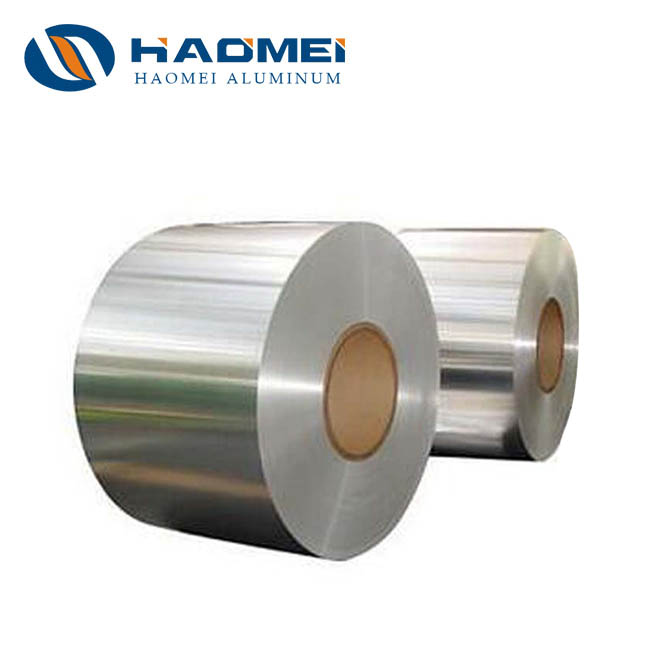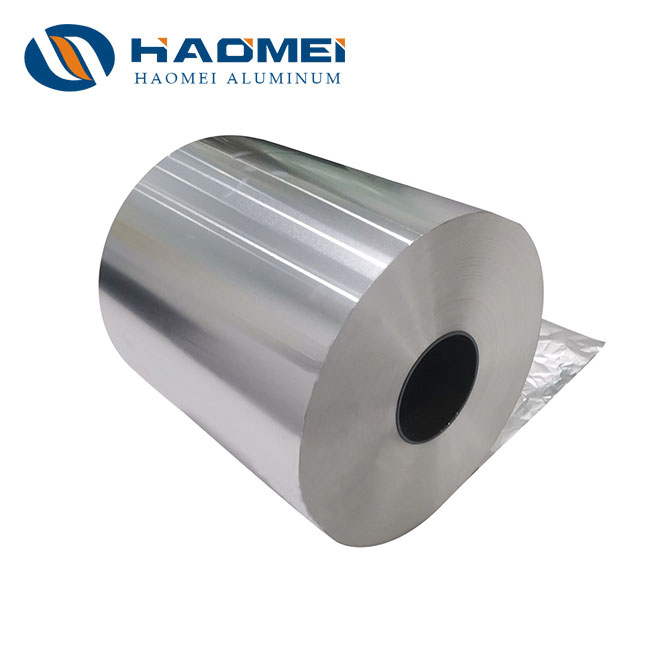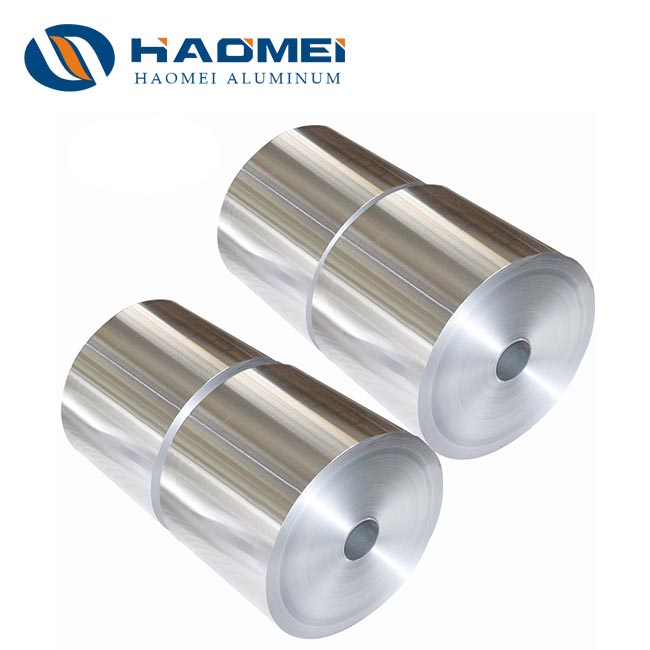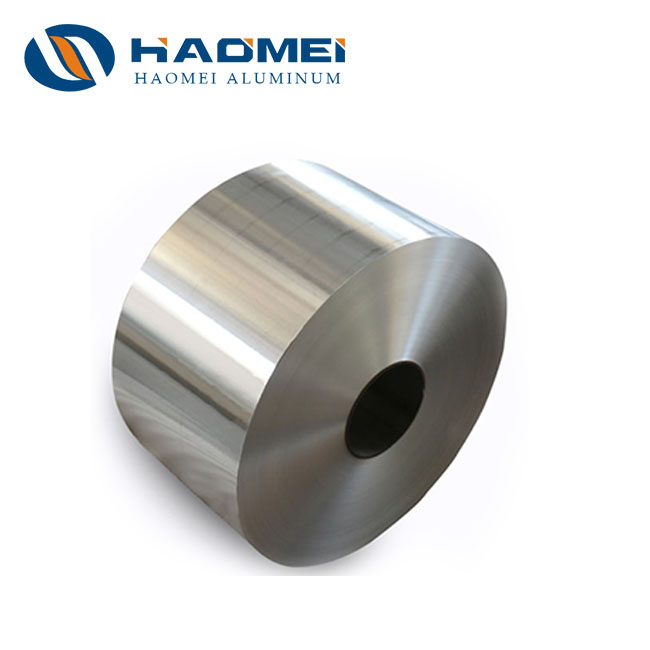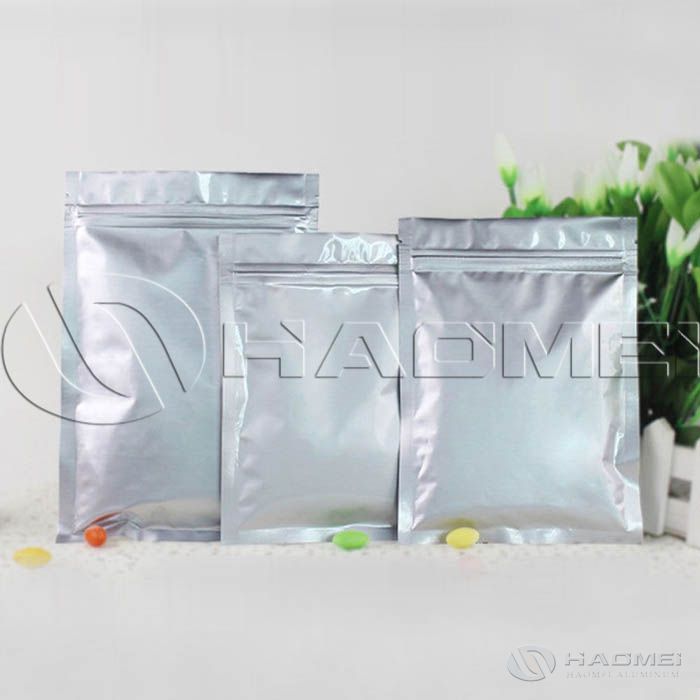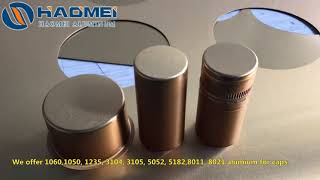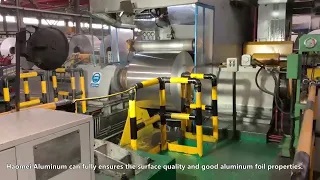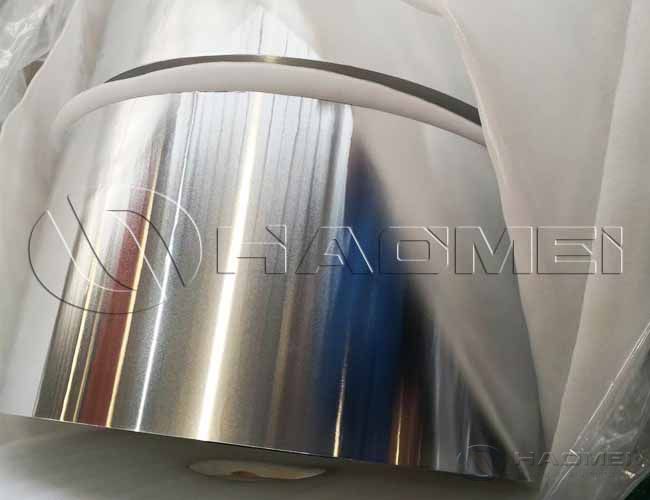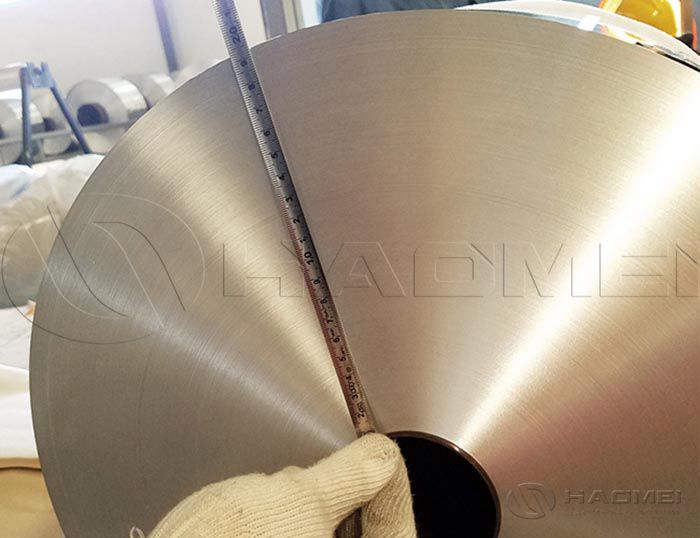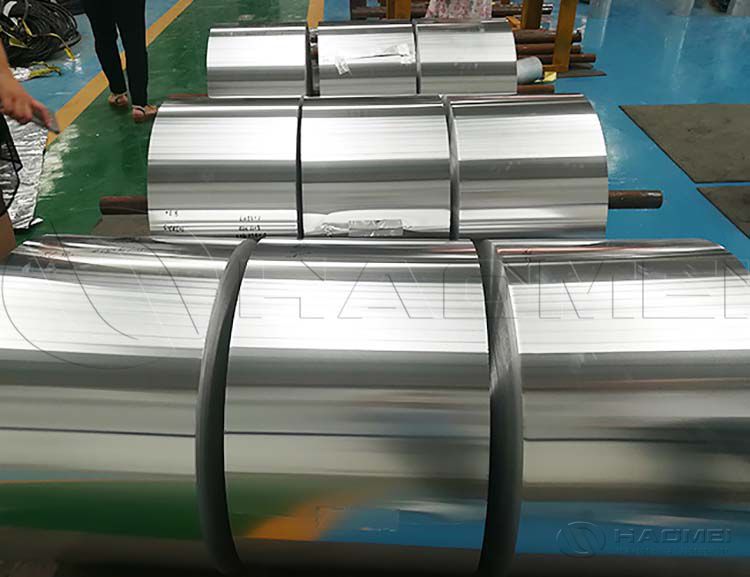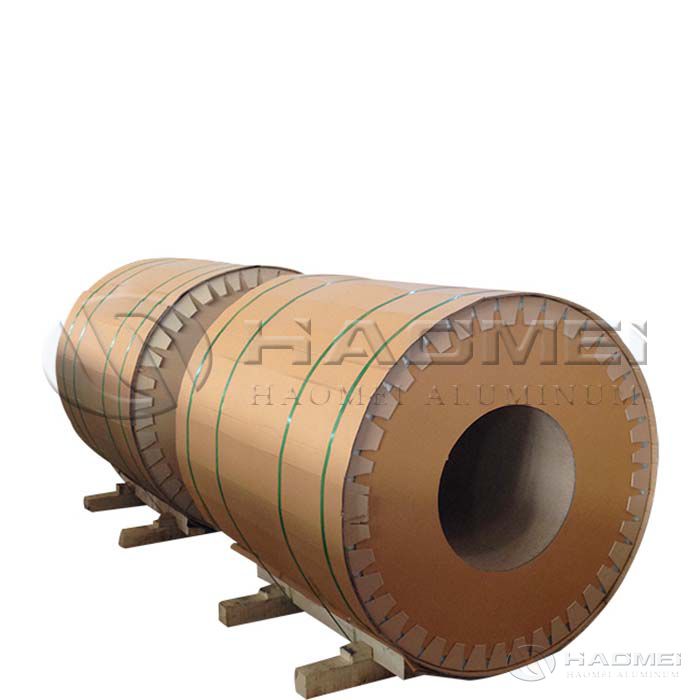What Is Aluminum Foil Electrical Conductivity
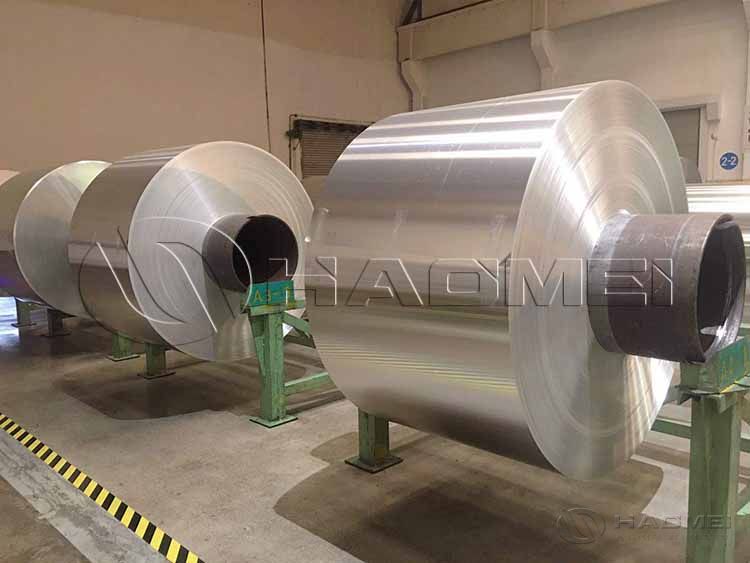
In the industrial sector, the aluminum foil jumbo roll, thanks to its advantages such as lightweight, corrosion resistance, and easy processing, has become a fixture in the electronics, energy, and packaging industries. Electrical conductivity, as a
In the industrial sector, the aluminum foil jumbo roll, thanks to its advantages such as lightweight, corrosion resistance, and easy processing, has become a fixture in the electronics, energy, and packaging industries. Electrical conductivity, as a core metric for measuring a material's ability to conduct electricity, directly determines the value of aluminum foil in electrical conductivity-related applications.
To determine the electrical conductivity of aluminum foil, a reference standard is first needed. Industry typically uses the International Annealed Copper Standard (IACS), defining the conductivity of annealed pure copper as 100% IACS.

According to data, the electrical conductivity of pure aluminum (99.99% purity or above) is approximately 60%-65% IACS (35-38 S/m at 20°C). While this is significantly lower than pure copper, it is significantly higher than most alloy materials (for example, ordinary steel has a conductivity of only about 3%-5% IACS, and stainless steel is even lower). The conductivity of battery aluminum foil in actual use will fluctuate slightly due to processing techniques (such as rolling and annealing) and alloy composition:
Annealed aluminum foil: After high-temperature annealing, the aluminum foil's internal grains become more uniform, internal stress is reduced, and its conductivity approaches that of pure aluminum, typically reaching 58%-63% IACS.
Hard aluminum foil: Unannealed or lightly processed aluminum foil experiences increased resistance due to lattice distortion, resulting in a 10%-15% decrease in conductivity, typically to 45%-55% IACS.
Notably, aluminum's density is only about one-third that of copper. When calculated based on "conductivity per unit weight," aluminum's advantages are further highlighted—at the same weight, aluminum's conductivity is approximately twice that of copper.
The electrical conductivity of aluminum foil is essentially determined by its purity and alloying element content. Alloying elements (such as magnesium, silicon, manganese, and copper) form solid solutions or intermetallic compounds with aluminum, hindering the directional movement of electrons and thus reducing conductivity. Therefore, high-conductivity aluminum foil is almost exclusively found in pure and low-alloy aluminum series, such as 1000 aluminum foils.
1235 aluminum foil: aluminum content is approximately 99.35%, iron content is 0.3%-0.6%, and silicon content is ≤0.12%. Its electrical conductivity is approximately 58%-62% IACS, and it also exhibits good ductility.
1100 aluminum foil: Aluminum content ≥99.0%, iron + silicon content ≤1.0%, conductivity approximately 55%-58% IACS. Compared to 1235, it offers better processing performance and a lower price. It is commonly used in cost-sensitive applications such as conductive gaskets for low-voltage electrical appliances and electrolytic capacitor casings, where conductivity requirements are slightly lower.
1060 aluminum foil: With an aluminum content of ≥99.6% and extremely low impurity levels, it has a conductivity of 62%-65% IACS, making it one of the most conductive grades in the 1 series. However, this high purity also results in lower strength and increased deformation. It is primarily used in high-end applications such as conductive connections for precision electronic components and as laboratory electrode materials.
Lithium battery current collectors are a core application for high-conductivity aluminum foil. In lithium-ion batteries, aluminum foil is used as the current collector for the positive electrode (copper foil for the negative electrode). With a conductivity of 58%-62% IACS, 1235 battery aluminum foil efficiently collects the current generated by the positive electrode and transmits it to the external circuit. Currently, a new energy vehicle's power battery consumes approximately 20-50 kilograms of aluminum foil. As electric vehicle penetration increases, demand for highly conductive aluminum foil continues to grow.
Inquiry
Products Category
Latest Application
-
 Why butter aluminum foil is neededButter aluminum foil blocks oxygen, moisture, and light, effectively preventing butter from oxidizing and spoiling, preserving nutrients, and significantly extending its shelf life. High-end products can see their sh
application
Why butter aluminum foil is neededButter aluminum foil blocks oxygen, moisture, and light, effectively preventing butter from oxidizing and spoiling, preserving nutrients, and significantly extending its shelf life. High-end products can see their sh
application
-
 Cables are usually composed of conductors, insulation layers, shielding layers, and sheaths. Aluminum foil for cable is generally located outside the insulation layer as part of the shielding layer. It fits tightly to the surface of the insulation la
application
Cables are usually composed of conductors, insulation layers, shielding layers, and sheaths. Aluminum foil for cable is generally located outside the insulation layer as part of the shielding layer. It fits tightly to the surface of the insulation la
application
-
Aluminum Gold Foil Paper For Chocolate Wrapping
 When is aluminum foil used for chocolate wrappingThe use of aluminium foil food for chocolate can be traced back to the early 20th century. In 1911, Swiss candy companies began to wrap chocolate with aluminum foil, gradually replacing the tin foil. T
application
When is aluminum foil used for chocolate wrappingThe use of aluminium foil food for chocolate can be traced back to the early 20th century. In 1911, Swiss candy companies began to wrap chocolate with aluminum foil, gradually replacing the tin foil. T
application
-
PVC Rigid Film and Aluminum Foil for Medicine Packaging
 Haomei Aluminum provides different types of aluminum foil and plastic rigid films like PTP aluminum foil, cold forming foil, tropical foil, PVC rigid film, PE/PET film,etc. Best Price! Inquire now.
application
Haomei Aluminum provides different types of aluminum foil and plastic rigid films like PTP aluminum foil, cold forming foil, tropical foil, PVC rigid film, PE/PET film,etc. Best Price! Inquire now.
application
-
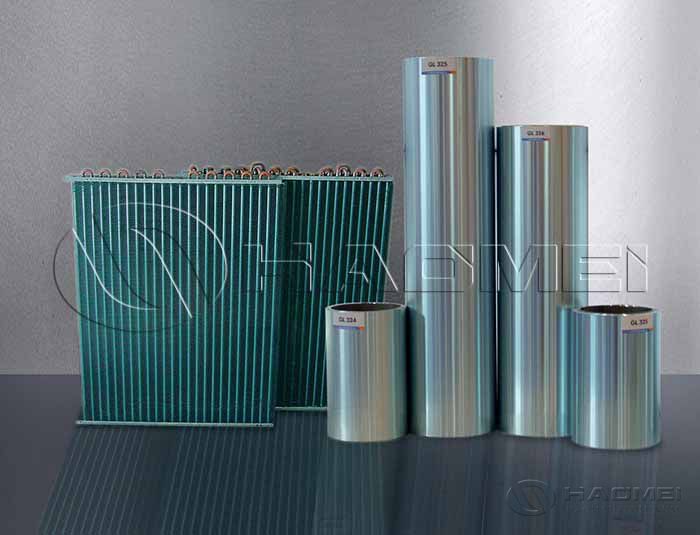 Haomei Aluminum offers you different colors of air conditioner aluminum foil like hydrophilic aluminum foil, including1100/ 3003 /8006/8011 aluminum foil,etc. Learn more.
application
Haomei Aluminum offers you different colors of air conditioner aluminum foil like hydrophilic aluminum foil, including1100/ 3003 /8006/8011 aluminum foil,etc. Learn more.
application
Latest Blog
-
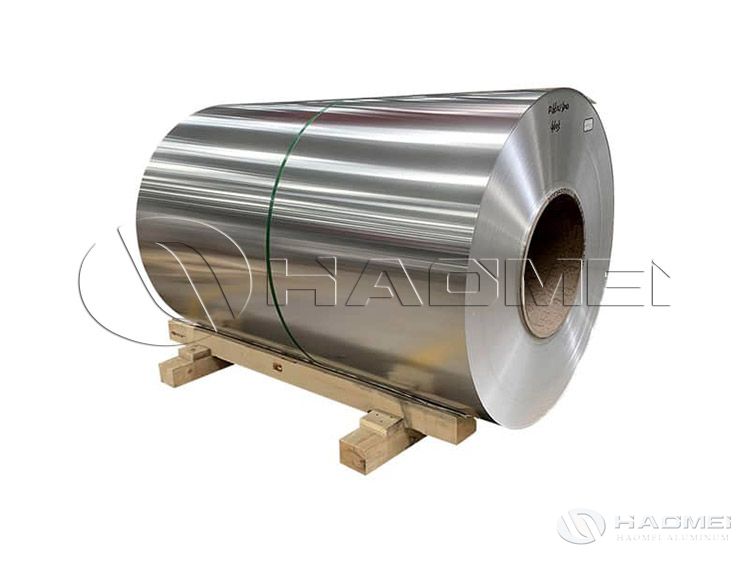 In fields such as packaging, electronics, and pharmaceuticals, 1050 pure aluminum foil, with its high purity of ≥99.5%, combines corrosion resistance, ease of processing, and lightweight advantages, making it a fundamental material in numerous industries.
Blog
In fields such as packaging, electronics, and pharmaceuticals, 1050 pure aluminum foil, with its high purity of ≥99.5%, combines corrosion resistance, ease of processing, and lightweight advantages, making it a fundamental material in numerous industries.
Blog
-
Different Tempers of 8011 Aluminum Foil Coil
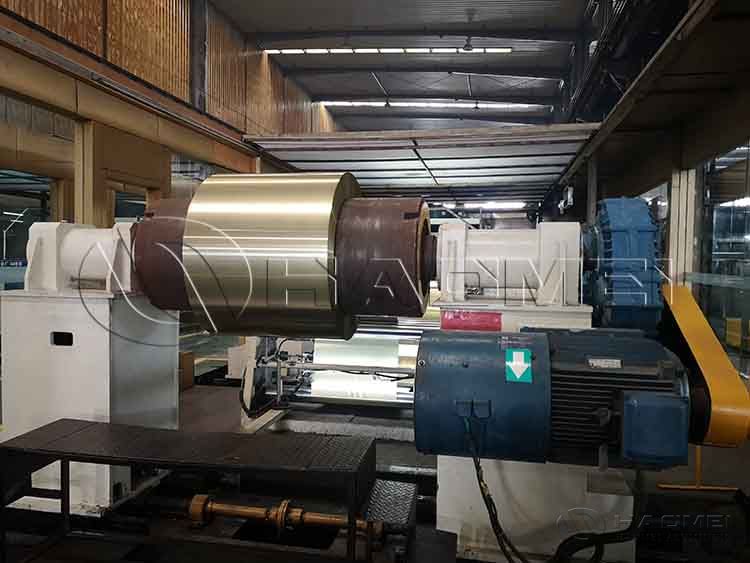 The manganese content of 8011 aluminum foil coil typically ranges from 0.8% to 1.2%. This compositional design avoids the inherent strength limitations of pure aluminum (1 series) while also being less difficult to process than higher-hardness alloys
Blog
The manganese content of 8011 aluminum foil coil typically ranges from 0.8% to 1.2%. This compositional design avoids the inherent strength limitations of pure aluminum (1 series) while also being less difficult to process than higher-hardness alloys
Blog
-
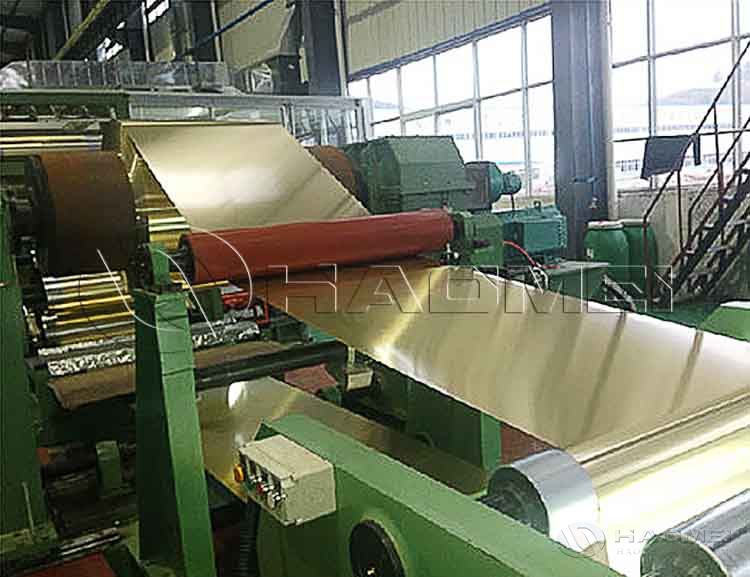 Aluminum foil jumbo roll, while seemingly insignificant, is a critical material for ensuring heat dissipation efficiency, durability, and overall performance in air conditioner outdoor units. This is especially true in the core components of the outd
Blog
Aluminum foil jumbo roll, while seemingly insignificant, is a critical material for ensuring heat dissipation efficiency, durability, and overall performance in air conditioner outdoor units. This is especially true in the core components of the outd
Blog
-
Plain or Hydrophilic Aluminum Coil for AC
 Aluminum foil is a core component in air conditioner heat exchangers, and its performance directly impacts the cooling and heating efficiency, energy consumption, and service life of the air conditioner. Currently, plain aluminum foil jumbo roll and hydro
Blog
Aluminum foil is a core component in air conditioner heat exchangers, and its performance directly impacts the cooling and heating efficiency, energy consumption, and service life of the air conditioner. Currently, plain aluminum foil jumbo roll and hydro
Blog
-
Butcher Paper vs Aluminum Foil
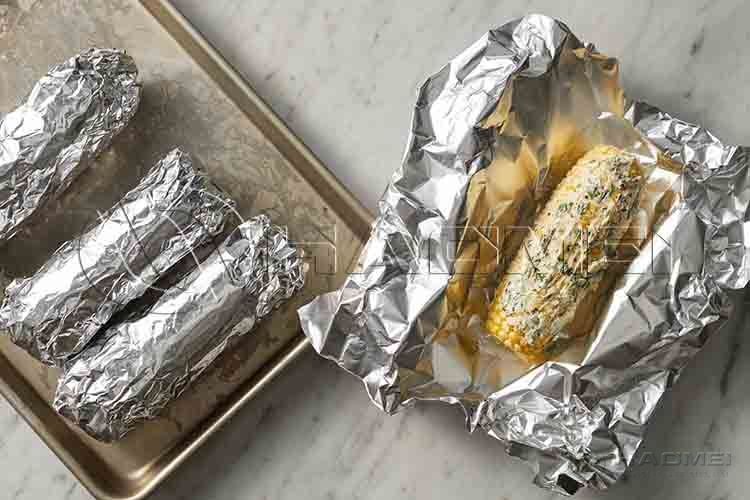 In the kitchen, butcher paper and aluminum foil are two common wrapping and baking tools. However, many people often struggle to choose between them: which is best for their needs?Material Characteristics1. Butcher PaperButcher paper is typically made fro
Blog
In the kitchen, butcher paper and aluminum foil are two common wrapping and baking tools. However, many people often struggle to choose between them: which is best for their needs?Material Characteristics1. Butcher PaperButcher paper is typically made fro
Blog

Haomei Aluminum CO., LTD.
Tel/Whatsapp: +86-15978414719
Email: sale@alumhm.com
Website: https://www.alumfoils.com
Xin'an Industrial Assemble Region,Luoyang,Henan Province,China
Office Add: 1103, No.14 Waihuan Road, CBD, Zhengzhou, China

